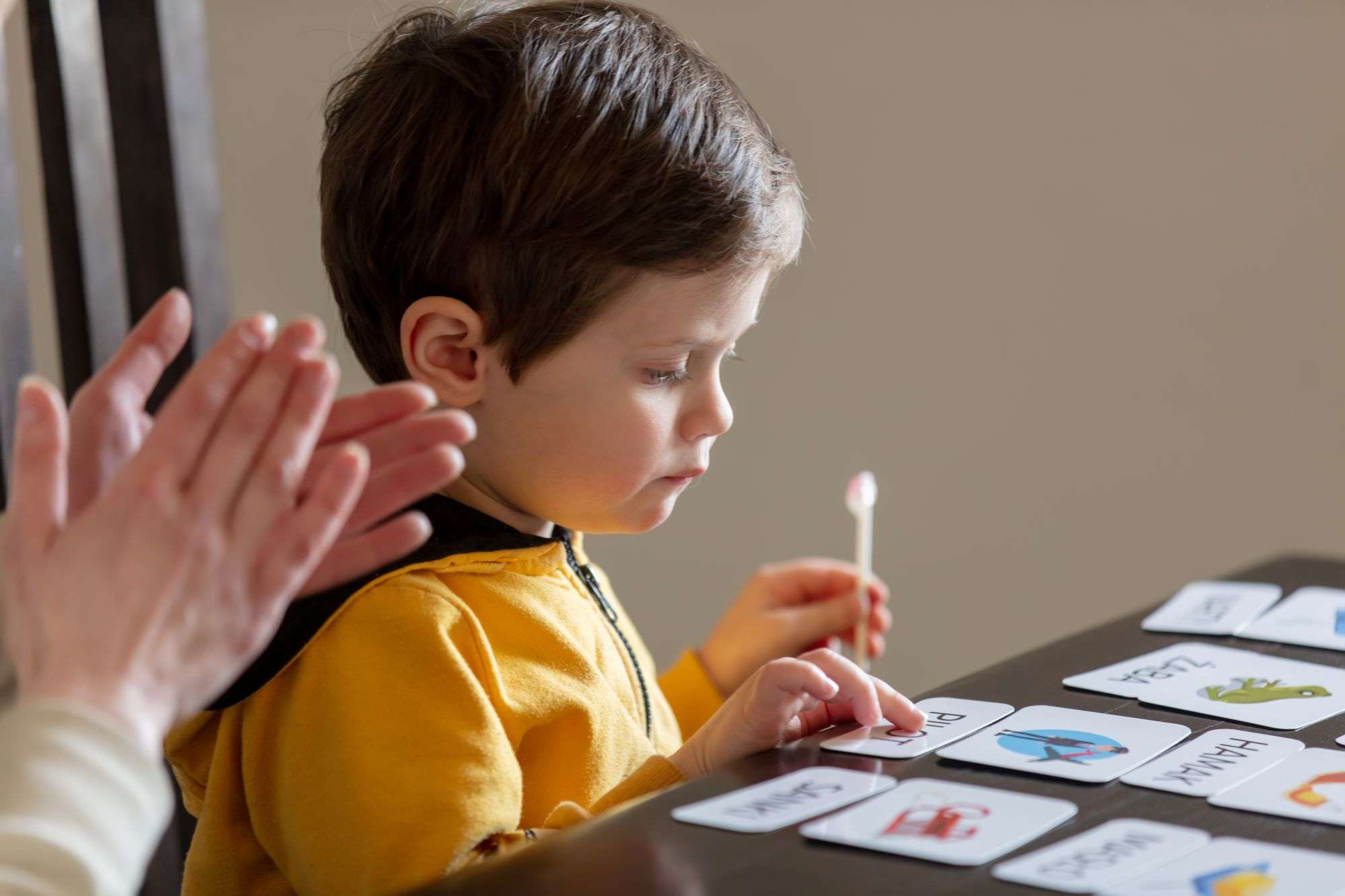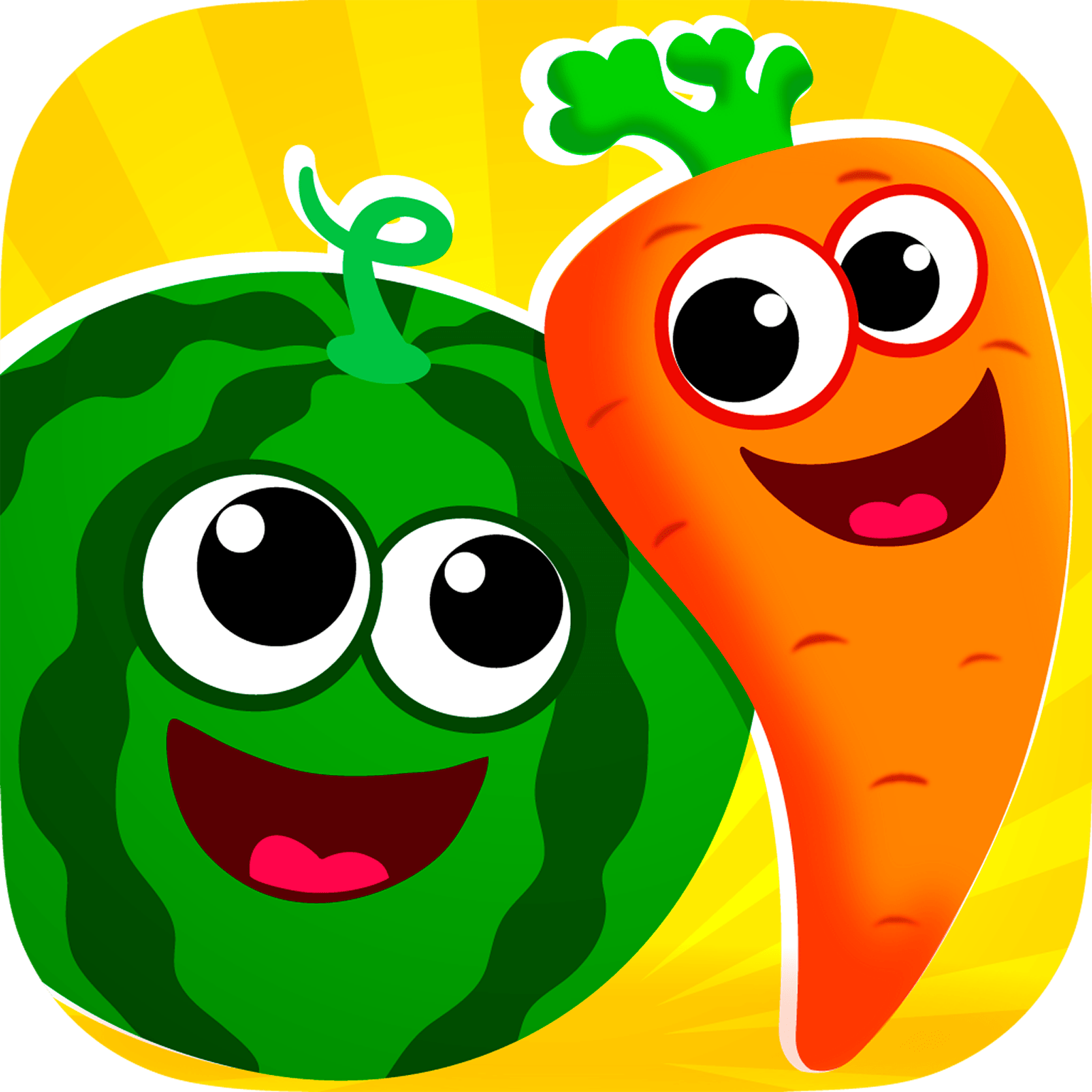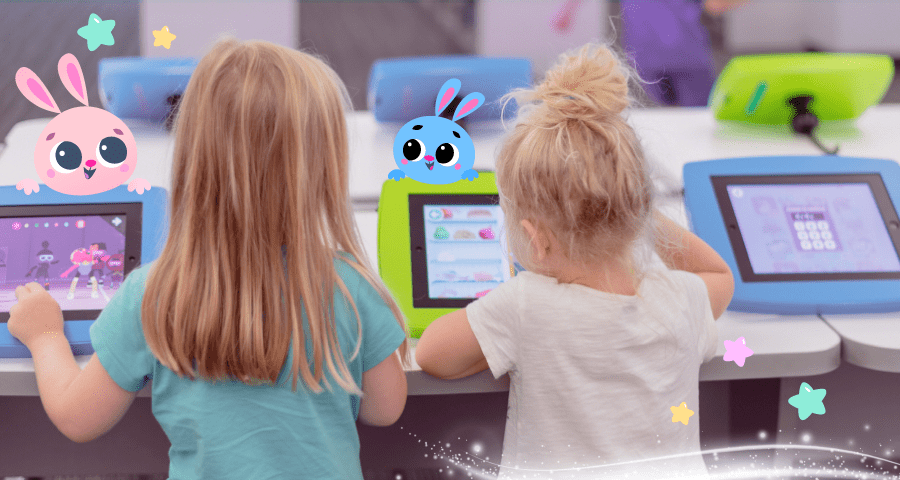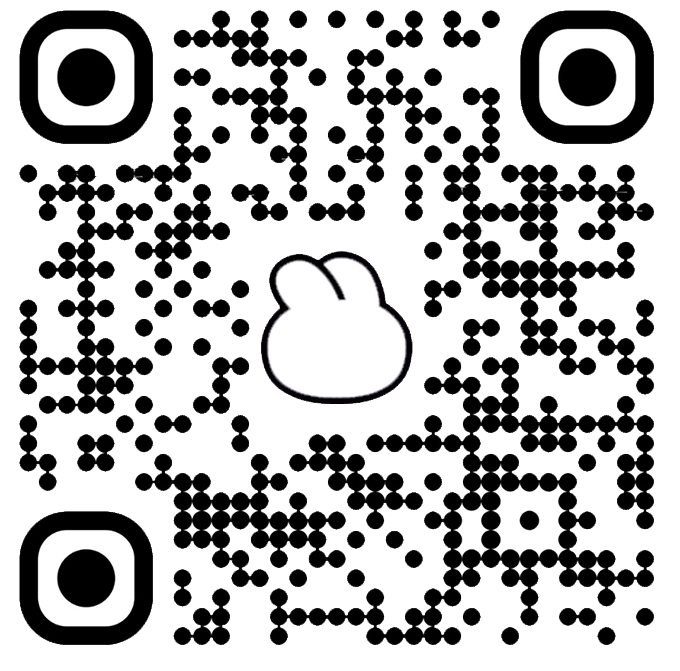We’ve all been there. You’re doing everything you can to support your little one’s language development, but it feels like uncharted territory. You want to give them the best start, especially with reading and writing. But knowing where to begin can feel overwhelming.
Enter phonemic awareness—the ability to hear, identify, and play with individual sounds in words. It’s a key skill for literacy. It might sound complex, but helping your child develop it is easier than you think. Let’s dive into how you can make it happen.
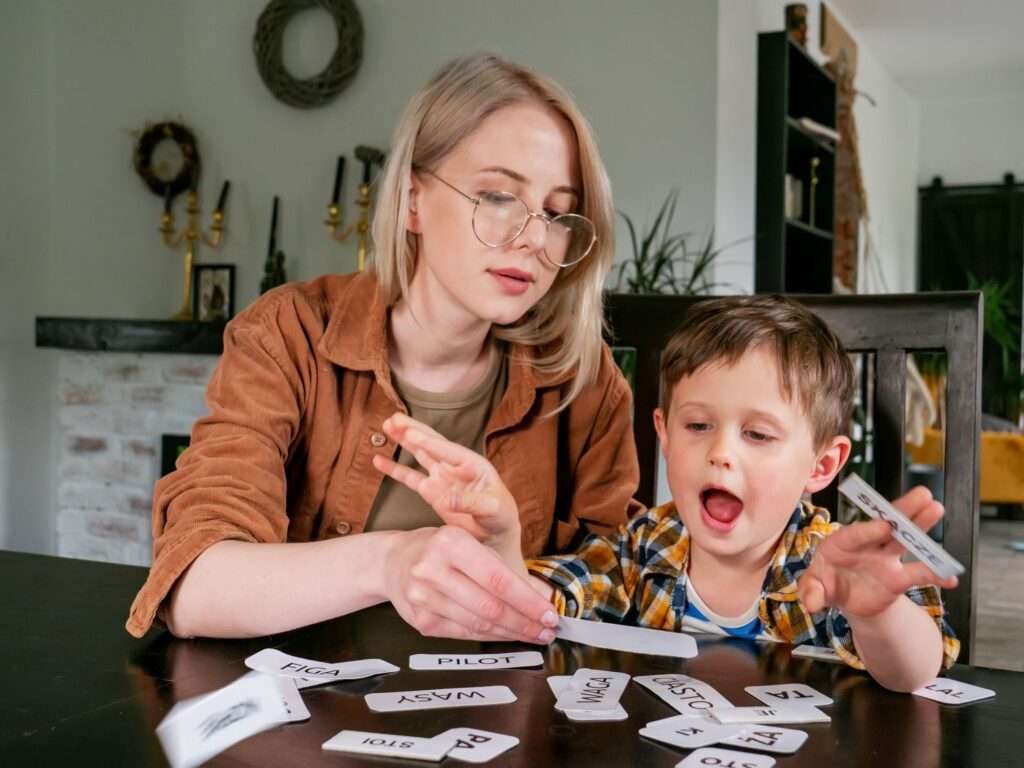
Why Phonemic Awareness Activities Are So Important at Home
Working on phonemic awareness at home doesn’t just help your little one play with sounds—it has real, lasting benefits for their feture success:
- Reading. Phonemic awareness helps children decode words. They learn how sounds come together to form words, making reading easier.
- Spelling. Understanding sounds helps kids spell. They connect sounds to letters, making writing words less tricky.
- Writing. As children grasp phonemic awareness, they write with more confidence. They use sounds to build new words.
- Cognitive Skills. This skill strengthens brain connections, improving overall learning and making it easier to pick up new skills.
- Confidence. When children understand how sounds work, they feel more confident in their ability to read and writel!
Phonological Awareness Activities: Sound Quest to Your Preschooler
Phonemic awareness is the ability to hear and play with the sounds in words, and it’s an important skill for reading. It can be tricky for young children, but turning phonics practice into fun storytelling adventures can make it easier and more exciting. Instead of just playing separate games, this method grabs your child’s attention and makes learning feel like a natural and enjoyable experience.
Ready to try some thrilling phonemic awareness activities with your child? Let’s dive in and give it a try!
One rainy afternoon, Tim and Lily sat by the window, watching raindrops race down the glass. “I’m bored,” Tim sighed. Grandpa smiled. “How about an adventure? A phonics adventure!” He pulled out an old treasure map. “Each stop on this map is a game. If you complete them all, you’ll unlock the magic of reading!”
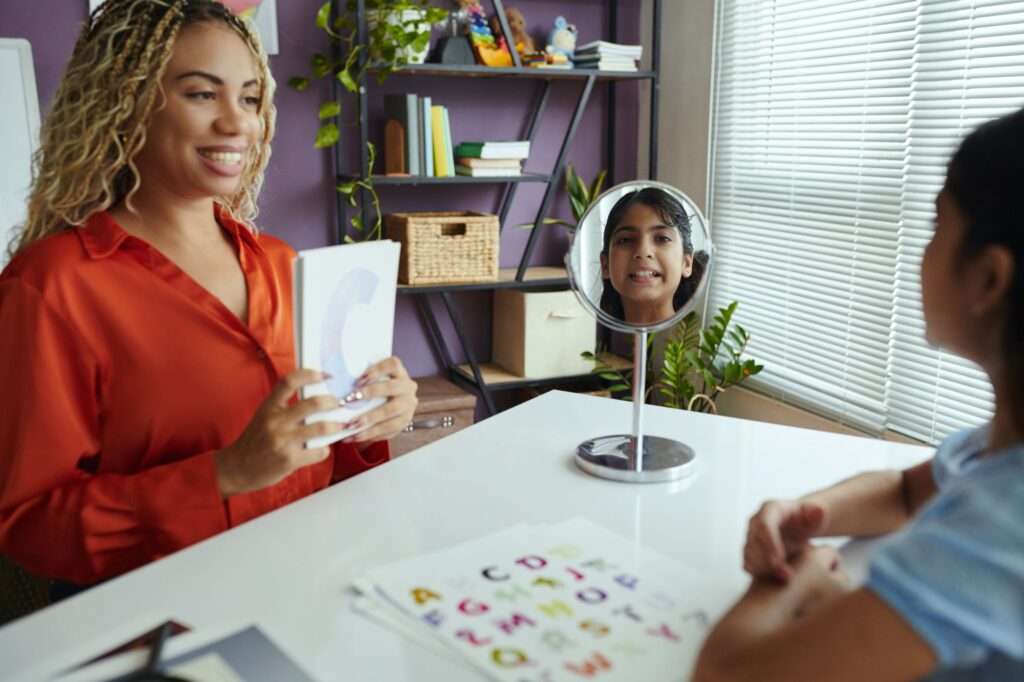
- Phonemic Awareness Games: Sorting Sounds Island
Tim and Lily arrived at an island filled with talking coconuts. “Help me sort my vowels and consonants!” squawked a colorful parrot. He handed them words like “cat,” “dog,” and “sun.” Tim picked up “dog” and placed the ‘o’ coconut in the vowel pile, while Lily sorted the ‘d’ and ‘g’ into the consonant pile. “You’re getting the hang of it!” the parrot cheered. Sorting sounds helped Tim and Lily understand how letters work together to make words.
Tip: Ask your child, “Can you find the vowel in this word? What sound does it make?” Encourage them to listen closely and sort new words into vowels and consonants.
- Crossing Rhyming River
The next stop was a bubbling blue river, where a friendly fish poked its head out. “I only let travelers cross if they can rhyme with my words!” the fish said. “Hat!” he called. “Rat!” Tim answered. “Log!” said the fish. “Dog!” Lily replied. As they continued, the words got trickier, but with each rhyme, stepping stones appeared, helping them hop across safely.
Tip: Ask, “Can you think of another word that rhymes with ‘cat’? What happens when we change the first sound?”
- How to Teach Phonemic Awareness: Blending Bridge
Ahead, a rickety wooden bridge stretched over a canyon. “To fix the missing planks, you must blend these sounds together!” a wise old owl instructed. The owl hooted, “/b/… /a/… /t/.” Tim clapped his hands. “Bat!” The bridge grew stronger. “/m/… /a/… /p/.” Lily grinned. “Map!” Another plank snapped into place. As they blended more words, the bridge held firm, leading them safely across.
Tip: Say individual sounds in a word and ask, “What word do these sounds make when we blend them together?” Start with basic sounds like /b/, /a/, /t/, and have your child blend them together to form the word “bat.” Gradually introduce more challenging words like “grape,” “splendid,” “puzzle,” and “jelly.”
- Phonological Awareness Tasks: Secret Sound Cave
Inside a dark cave, glowing words shimmered on the walls. “Find all the words with the /sh/ sound!” a tiny firefly buzzed. Lily spotted “fish” and “ship,” while Tim pointed at “shoe” and “shell.” As they discovered each sound, the cave lit up brighter and brighter. “You’re lighting the way with your listening skills!” the firefly cheered.
Tip: Ask, “Can you hear the /sh/ sound in other words? Let’s think of some new ones together!”
- Activities for Phonemic Awareness: Air Tracing Sky
A gust of wind carried Tim and Lily high into the sky. “Use your fingers to trace letters in the air and say their sounds!” a cloud whispered. Tim traced “M” and said “/m/ for moon!” Lily traced “S” and said “/s/ for sun!” The more they practiced, the more colorful the sky became, painting a rainbow of learning.
Tip: Ask, “Can you trace the first letter of your name in the air? What sound does it make?”
- Building Block Village
At the next stop, they found a village made of letter blocks. “Can you build words?” asked a tiny letter creature. Tim started with “bat” and changed it to “rat.” Lily built “top” and changed it to “stop.” Each time they built a new word, the village cheered, and the houses grew taller.
Tip: Ask, “What happens when we change the first letter in ‘cat’? Let’s try switching letters to make new words!” This activity helps children understand words at a deeper level
- Phonemic Awareness Interventions: The Trickster’s Word Swap
A mischievous goblin laughed as he switched sounds in words. “Turn ‘cap’ into ‘tap’ to break my spell!” Tim quickly replaced the /c/ sound with /t/. “Change ‘bug’ into ‘rug’!” Lily swapped /b/ for /r/. Each correct answer shrank the goblin until he vanished with a puff of smoke. “You outsmarted me!” he groaned.
Tip: Ask, “What sound can we change in ‘dog’ to make a new word? Let’s try some more!”
- Phonemic Awareness Practice: Bingo Castle
A grand castle stood ahead, its doors locked tight. “Only a Phonics Bingo champion can enter!” a knight announced. Tim and Lily grabbed their bingo cards filled with words like “bat,” “top,” and “cup.” As Grandpa read each word, they searched for a match. “Bingo!” Lily shouted. With a loud creak, the castle doors swung open.
Tip: Ask, “Can you find a word on your bingo card that starts with ‘b’? How about one with ‘t’?”
- Word Detective Adventure
Tim and Lily entered a mysterious forest, where trees whispered clues. “To find the hidden treasure, you must become Word Detectives!” said a wise owl perched on a branch. He handed them a magnifying glass and a list of words. “Look closely for words that start with the /s/ sound.” Tim found “sun” while Lily spotted “sand.” Each correct word led them closer to the hidden chest, which was buried beneath a large tree.
Tip: Ask, “Can you find a word that starts with the /s/ sound? What about the /m/ sound?” This helps your child focus on identifying sounds at the beginning of words, sharpening their phonemic awareness.
- Digital Dragon Hunt
Deep inside the castle, a sleeping dragon guarded a treasure chest. “Find words with the /j/ sound to wake him up!” Grandpa said, handing them a glowing tablet. Tim tapped “jelly” and “jump.” Lily found “jacket” and “jungle.” As they identified more words, the dragon’s eyes fluttered open, and he let out a mighty roar—revealing a golden book inside the chest!
Tip: Ask your child, “Can you find the word that starts with the /b/ sound, like in ‘bat’?” or “Which word has the /sh/ sound?” This helps reinforce the connection between sounds and letters, making the game more interactive and focused on learning.
Tim and Lily gasped as they opened the book. “This is our treasure?” Tim asked. Grandpa smiled. “Yes! You’ve unlocked the magic of words. Now you can read endless stories and create your own!” Lily hugged the book. “Let’s read one right now!”
With these methods and games, every parent can create a rich and enjoyable phonics-learning environment for your preschooler. The key strategy is to make phonics interactive and engaging.
Phonological Awareness Examples: How Parents Can Assess Skills

Use this checklist to see how your child is progressing with phonological awareness. Watch out for these common challenges and work on them if needed:
- Your child may struggle to recognize sounds at the beginning or end of words. Focus on improving sound recognition by isolating sounds and practicing frequently.
- If your child has difficulty recognizing or generating rhyming words, this can impact their ability to understand patterns in words. Encourage more rhyming games and activities to strengthen this skill.
- If your preschooler has trouble combining individual sounds into a full word, practice blending slowly and increase difficulty gradually.
- Some children find it hard to understand how changing one sound in a word creates a new word. Work on sound substitution through fun and simple exercises.
- If your kid cannot break a word down into individual sounds, it might be challenging for them to understand how words are built. Help them by saying words slowly and focusing on each sound.
Watch for these challenges and spend time practicing these skills in fun, everyday situations. Phonological awareness takes time to develop, but with patience and regular practice, your child will improve!
Ways to Teach Phonemic Awareness: Bonus Insights for Parents
Understanding key approaches to phonemic awareness gives you extra tools to support your child’s growth.
-
- Analytic Phonics helps children learn to read by focusing on familiar word patterns rather than sounding out each letter individually. For example, when learning the word “cat,” your child would first recognize the whole word, then identify the common pattern of words that rhyme, such as “cat,” “hat,” and “bat.” This approach helps children understand how words are structured and makes reading and spelling easier.
- Synthetic Phonics. Your child learns to recognize the phoneme sounds first, and then blends them together to form words. For example, by practicing the sounds /c/, /a/, and /t/, your child will quickly learn to say “cat.”
- Embedded Phonics teaches phonology through real reading and writing activities. As your child reads stories or writes, they learn about sounds and letter patterns right in context. This approach makes learning phonics feel natural and practical in everyday situations, which can serve as an effective intervention to improve early literacy.
- Linguistic Phonics is about understanding the patterns between phonemes and letters. By learning how certain sounds go with specific letters, your child will start to recognize word patterns. This approach teaches identification of letter combinations and syllable structures, which are crucial skills for decoding.
- Word Study goes beyond just sounds and letters. This approach teaches them about word meanings, spelling patterns, and how words are used in different contexts. By exploring syllables and segment sounds, they learn how language works.
- Phonics Games are a great way to make learning fun! Whether it’s matching sounds to letters or sorting words by their patterns, these games keep your child entertained while practicing essential reading skills.This is a great task to teach sound manipulation and improve phonological skills.
- Technology-Based Phonics Tools offer also apps and online games that can make phonics learning even more fun! These digital tools are interactive and help your child practice phonics in an engaging, hands-on way.
- Differentiated Phonics Instruction. Every kid learns differently, so differentiated phonics instruction tailors the lesson to your little one’s specific needs. Whether they’re having trouble or picking up quickly, lessons are tailored to help them learn in the best way for them.
By using a mix of these strategies, you can help your child build strong reading skills while keeping it fun and engaging.

Boost Phonemic Awareness with Bini Games!
Looking for an easy way to support your child’s phonemic awareness development? Bini Games apps are designed to help toddlers master essential preschool skills through interactive play. With engaging features like Live Letters, children will learn letters and sounds step-by-step, from syllables to reading their first words. Exciting tracing activities help improve fine motor skills and attention while they learn. Our free apps are perfect for making screen time educational, fun, and beneficial for kids.
Ready to get started? Download Bini Games apps today and give your child a head start on their learning journey!

